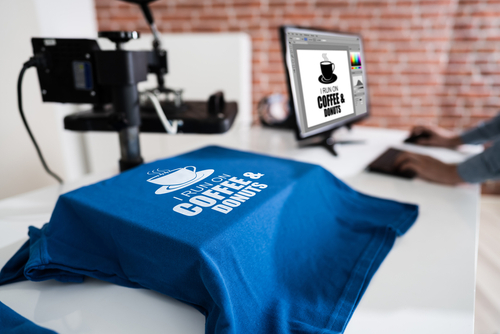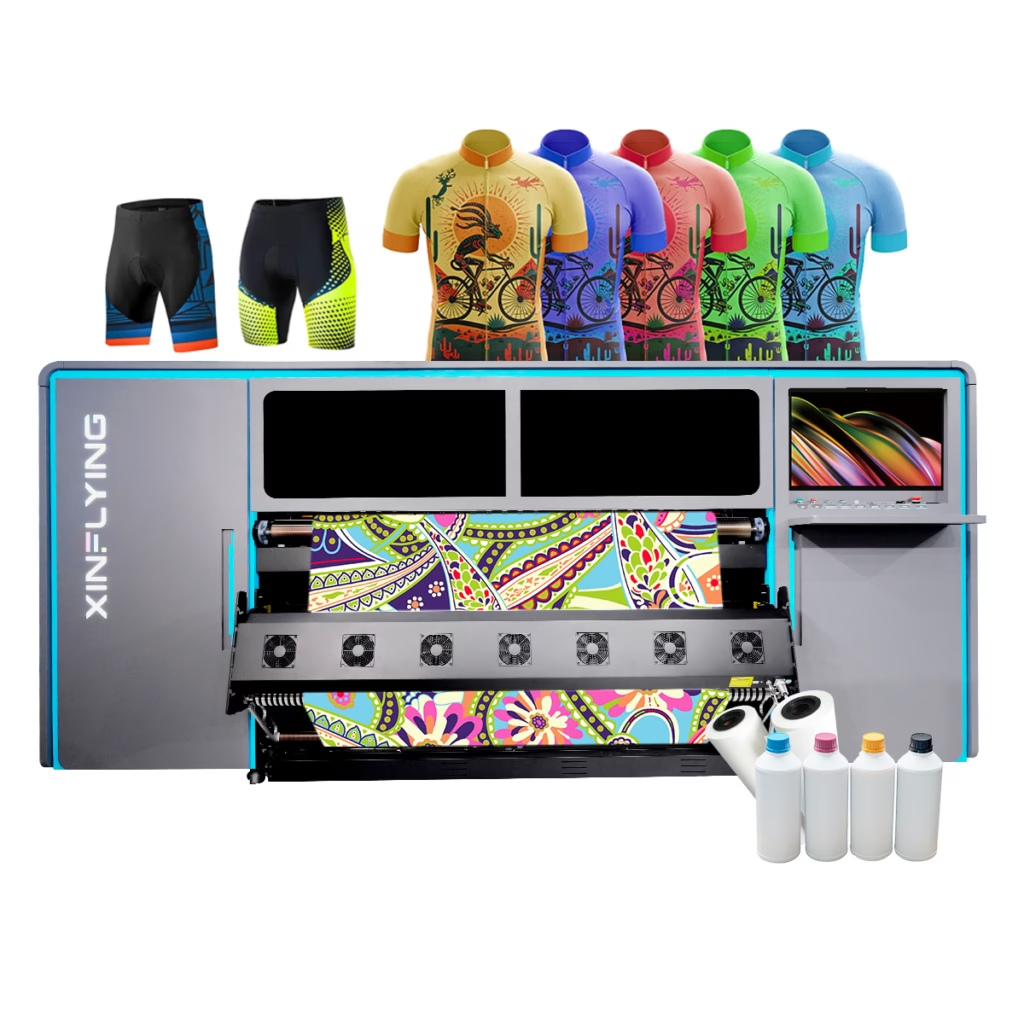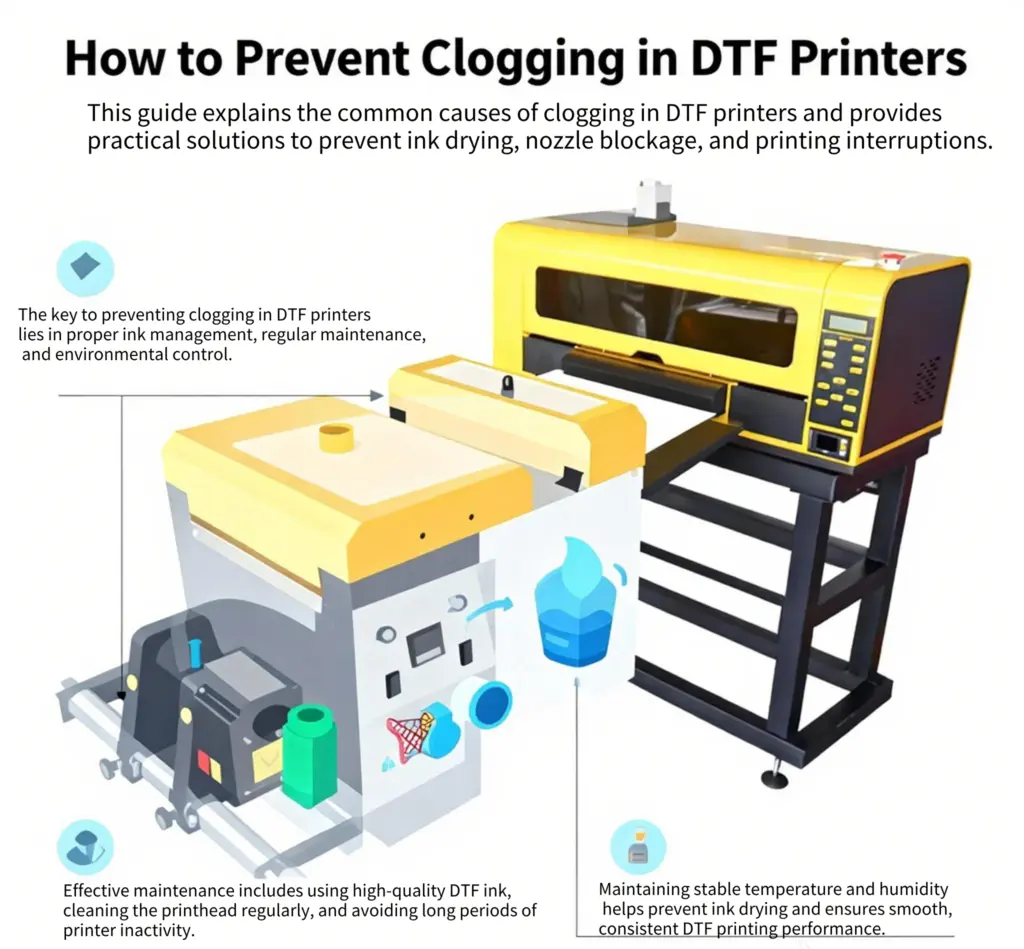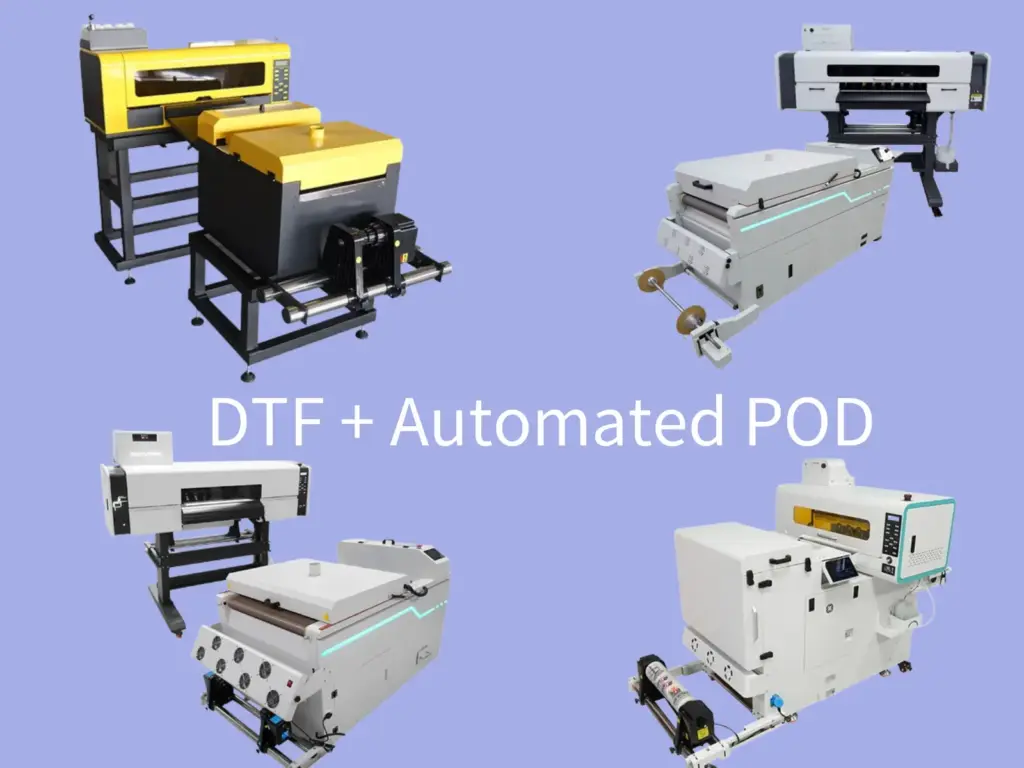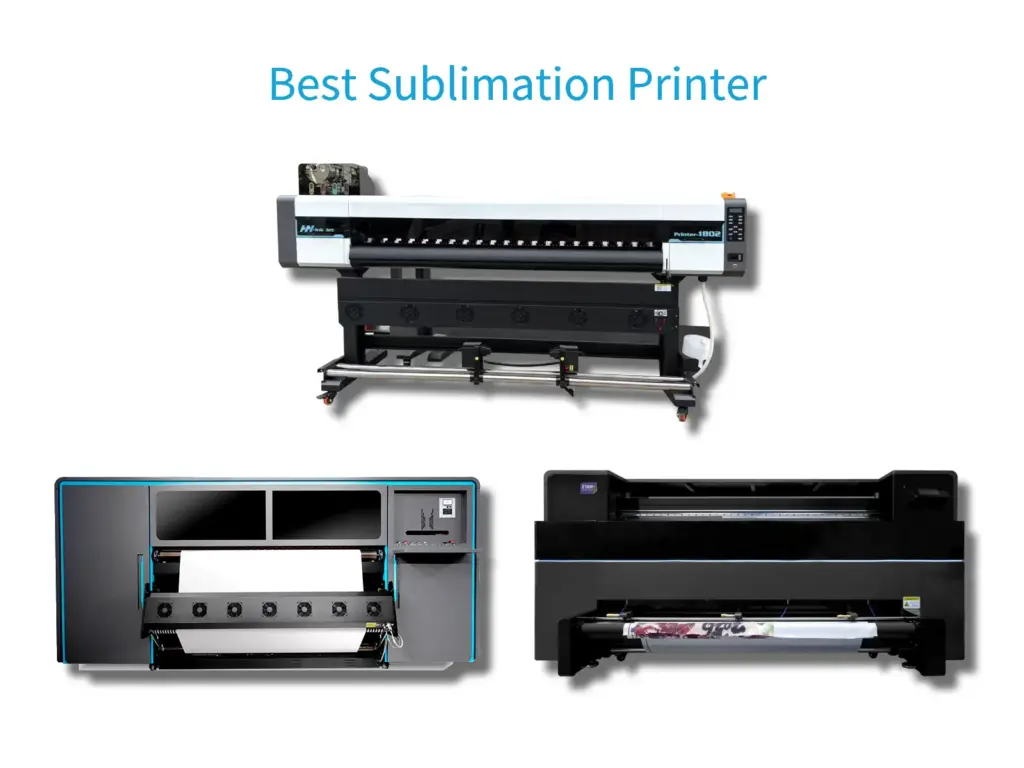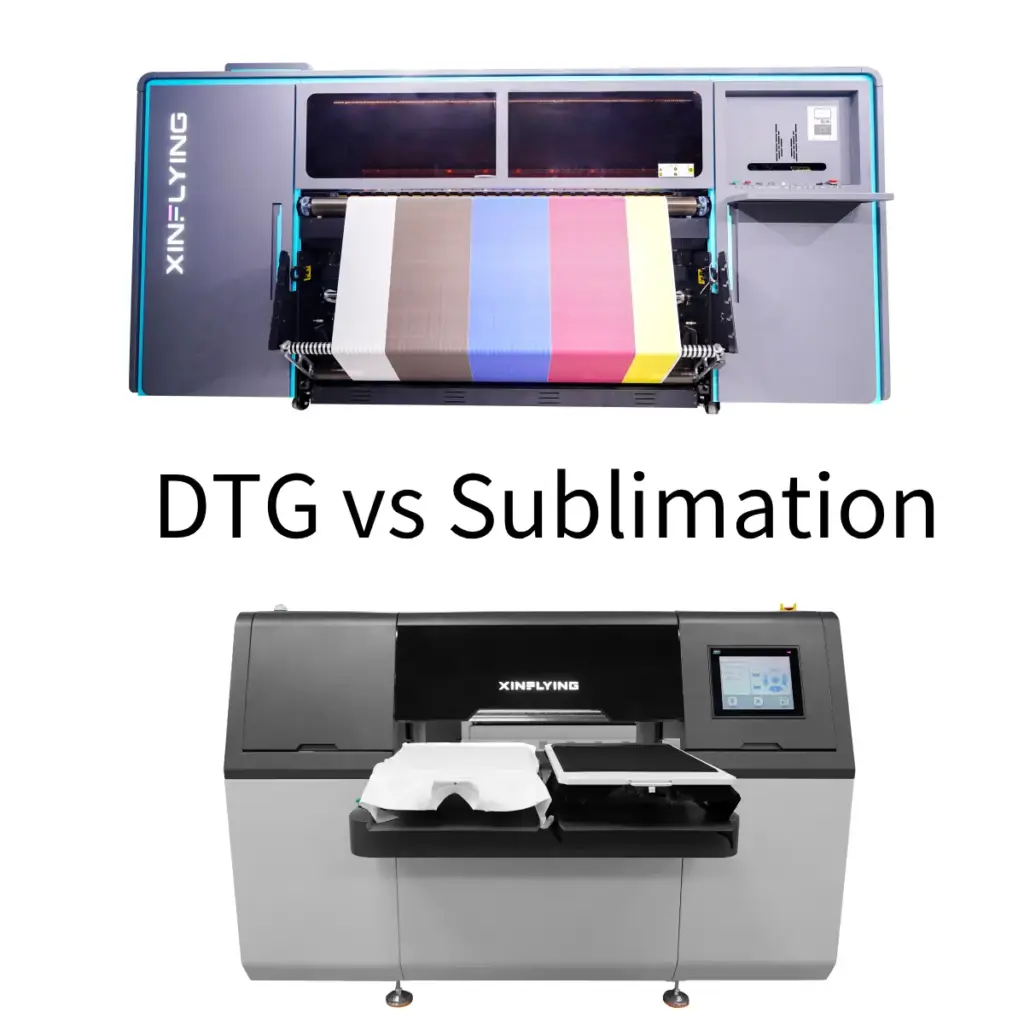Matolarni bosib chiqarish - bu yillar davomida keskin rivojlangan san'at, Hayot uchun dizaynlarni olib kelish uchun turli usullarni taklif qilish. Sizda maxsus futbolkalarni ishlab chiqarishda bo'ladimi, Moda uchun mato ishlab chiqarish, yoki reklama buyumlarini ishlab chiqarish, Siz tanlagan to'qimachilik bosqichi texnikasi yakuniy mahsulotda sezilarli farq qilishi mumkin. Ushbu qo'llanma imzolanadi 6 Matolarni bosib chiqarish texnikasi turlari, Ularning jarayonlarini o'rganish, Arizalar, muloyim, va sizga ehtiyojlar uchun eng yaxshi usulni tanlashga yordam beradi.
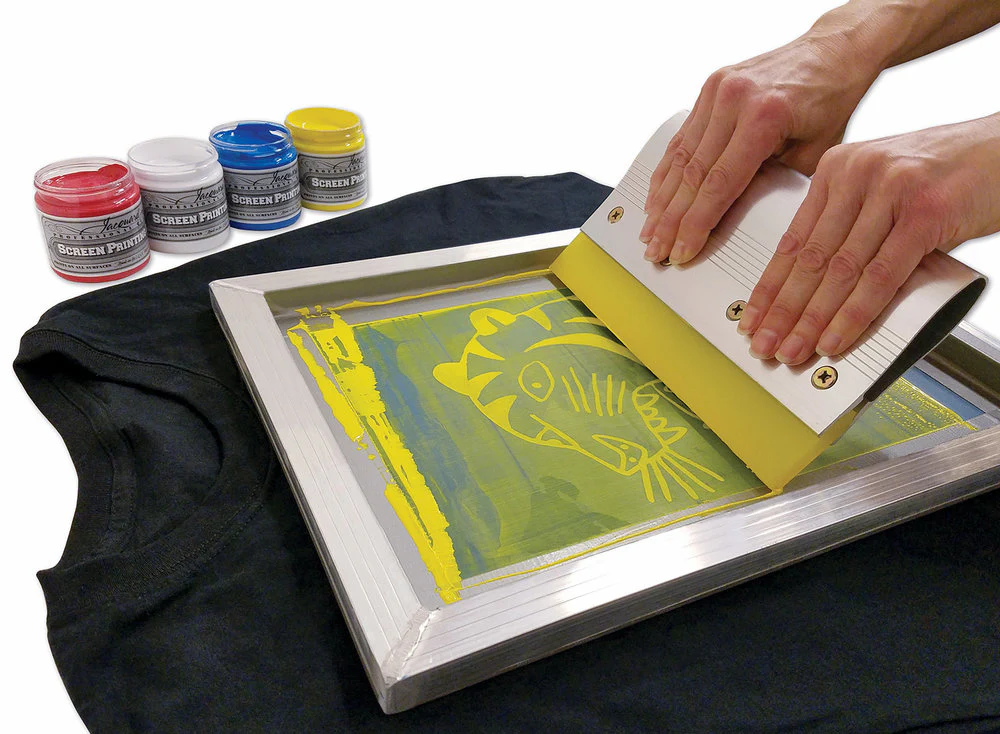
Ekranda chop etish
Ekranni bosib chiqarish Eng qadimgi va eng keng tarqalgan matolarni bosma texnikalar. Bu stencilni yaratishni o'z ichiga oladi (yoki ekran) va uni bosib chiqarish yuzasida siyoh qatlamlarini qo'llash uchun foydalanish.
Jarayon
Jarayon nozik mesh ekranida stencilni yaratish bilan boshlanadi. Keyin siyohni qovurilganidan foydalanib mato ustiga mato ustiga itaradi. Dizayndagi har bir rang alohida ekran va siyoh qatlamini talab qiladi, uni oddiy uchun moslashtirish, jasur dizaynlar.
Ilovalar
Ekran bosma nashri yuqori hajmli buyurtmalar uchun ideal va odatda futbolkalar uchun ishlatiladi, Tote sumkalari, va plakatlar. Bu, ayniqsa, moda va reklama sohalarida mashhur.
Pros
- Chidamlilik: Takrorlanadigan yuvish bilan bardosh beradigan uzoq muddatli bosmalarni ishlab chiqaradi.
- Jonli ranglar: Boy taklif qiladi, poplaydigan jonli ranglar.
- Tejamkor: Katta partiyalar uchun tejamkor.
Kamchiliklari
- O'rnatish vaqti: Sezilarli o'rnatish vaqtini talab qiladi, kichik buyurtmalar uchun unchalik samarali ish olib boradi.
- Cheklangan tafsilotlar: Tafsilotlar yoki ko'plab ranglar bilan dizayn uchun ideal emas.
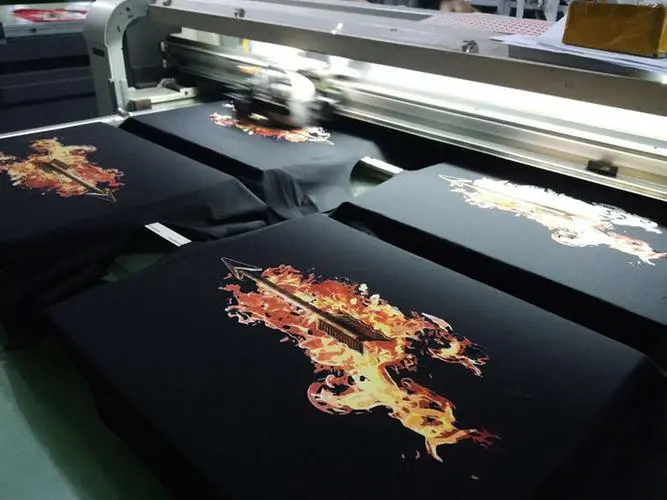
Kiyim-kechaklarga yo'naltiring (DTG) Chop etish
DTG bosib chiqarish Dizaynlarini to'g'ridan-to'g'ri matoga tushirish uchun inkjet texnologiyasidan foydalanadi. Uni kiyish uchun gigant inkjet printeri deb o'ylang.
Jarayon
Mato dtg printeriga yuklanadi, siyoh to'g'ridan-to'g'ri sirtga qo'llaniladi. Siyoh tolalarga singib ketadi, yumshoq va bardoshli chop etish. Ushbu usul batafsil va ko'p rangli dizaynlar uchun juda yaxshi.
Ilovalar
Kichik kattalikdagi buyurtmalar uchun juda mos keladi, DTG bosib chiqarish maxsus futbolkalar uchun keng qo'llaniladi, Ayniqsa, murakkab va rangli dizaynlar bilan.
Pros
- Tafsilotlar va rang: Yuqori aniqlikdagi rasmlarni keng rangli spektr bilan bosib olish mumkin.
- Sozlash narxi yo'q: Kichik partiyalar va maxsus buyurtmalar uchun ideal.
- Yumshoq tugatish: Bosish uchun yumshoq chop etishni ishlab chiqaradi.
Kamchiliklari
- Narxi: Katta buyurtma uchun birlik uchun eng yuqori narx.
- Sekinroq tezlik: Ekranni bosib chiqarish bilan taqqoslaganda sekinroq ishlab chiqarish vaqti.

Kino uchun to'g'ridan-to'g'ri (DTF) Chop etish
Turli xil to'qimalarni bosib chiqarish usullari orasida, DTF bosib chiqarish uning qirralari tufayli ajralib turadi. DTF bosib chiqarish maxsus filmga dizaynni chop etishni o'z ichiga oladi, Keyinchalik issiqlik va yopishqoq kukun yordamida matoga o'tkaziladi.
Jarayon
Dizaynlar Maxsus DTF printeridan foydalanib uy hayvonlari filmiga bosilgan. Bosilgan plyonka yopishqoq kukun bilan qoplangan, eritilgan, keyin issiqlik matbuotidan foydalanib matoga o'tkaziladi.
Ilovalar
DTF bosib chiqarish ko'p qirrali, Turli matolar uchun mos, shu jumladan paxta, poliester, va aralashtiriladi. Ko'pincha shaxsiy kiyim va reklama buyumlari uchun ishlatiladi.
Pros
- Ko'p qirralilik: Keng doiralarda chop etish mumkin.
- Tafsilotlar: Batafsil va ko'p rangli dizaynlarni yaxshi tuting.
- Chidamlilik: Shafqatsiz va so'nishlarga qarshi turadigan bardoshli printlarni ishlab chiqaradi.
Kamchiliklari
- Murakkablik: Bir nechta qadam va aniq nazoratni talab qiladi.
- Narxi: Dastlabki sozlash va materiallar qimmatga tushishi mumkin.
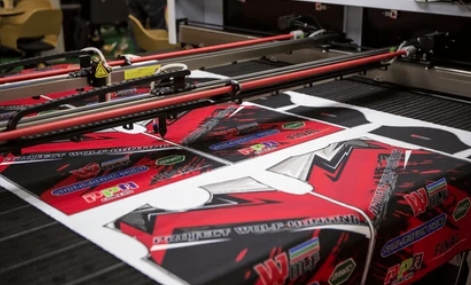
Sublimatsiya bosib chiqarish
SUBLIATSIYA BOSHQARMASI Donni matoga o'tkazish uchun issiqlikdan foydalanadi, natijada jonli va doimiy dizaynlar.
Jarayon
Dizayn subtimatsiya siyohidan foydalanib maxsus subtimatsiya qog'ozida bosilgan. Issiqlik va bosim bo'yoqni qog'ozdan matoga o'tkazish uchun qo'llaniladi, bu erda molekulyar darajasida bog'langan joyda.
Ilovalar
Poliester va polimer bilan qoplangan matolar uchun eng mos keladi, SUBLIATATSIYA BOSHQARMASI, Odatda sport kiyimlari uchun ishlatiladi, bayroqlar, va odatdagi reklama buyumlari.
Pros
- Jonli ranglar: Yorqin ishlab chiqaradi, jonli, va doimiy ranglar.
- Ortiqcha bosib chiqarish: To'liq qamrovli bosma uchun ideal.
- Chidamlilik: Dizaynlar bardoshli va yorilmaydi, qobiq, yoki so'roq.
Kamchiliklari
- Mato cheklovlari: Poliester yoki polimer bilan qoplangan yuzalar bilan cheklangan.
- Narxi: Ixtisoslashgan materiallar tufayli qimmat bo'lishi mumkin.
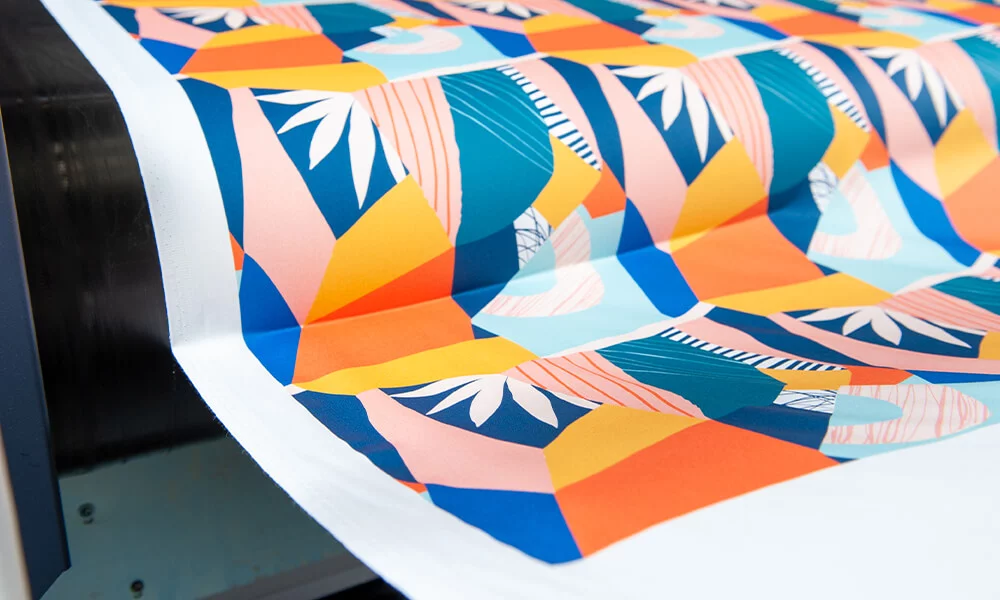
Pigment bosqichi
Pigment bosqichi mato tolalarining tepasida o'tirgan pigmentli siyohlardan foydalanadi, Sown emasligidan ko'ra.
Jarayon
Dizayn pigmentli siyoh bilan jihozlangan printer yordamida to'g'ridan-to'g'ri printer yordamida matoga bosilgan. Chop etishdan keyin, Mato odatda pigmentni tuzatish uchun issiqlik o'rnatiladi.
Ilovalar
Tabiiy va sintetik matolar uchun ideal, pigment bosib chiqarish modada ishlatiladi, uy to'qimachilik, va maxsus kiyim.
Pros
- Ko'p qirralilik: Keng matolar uchun mos.
- Rangi tog ': Yaxshi rangli tezlikni taklif qiladi va vaznni yuvish.
- Tafsilotlar: Yaxshi tafsilotlarni va jonli ranglarni bosishga qodir.
Kamchiliklari
- To'qima: Printlar mato yuzasida qattiq his qilishi mumkin.
- So'nish: Ranglar to'g'ri o'rnatilmagan bo'lsa, boshqa usullardan tezroq so'raishi mumkin.

Issiqlik uzatish vinil (Htv) Chop etish
HTV bosib chiqarish vinil vasvasalarini kesish va ularni mato ustiga isitish uchun dizaynlarni o'z ichiga oladi.
Jarayon
Dizaynlar Vinil vansetsidan uchish yoki kesgich yordamida kesilgan. Keyin kesilgan vinil ortiqcha materialni olib tashlash uchun yoki mato ustiga isitiladi.
Ilovalar
Odatda sport kiyimlari uchun ishlatiladi, Custom futbolkalar, va reklama buyumlari, HTV bosib chiqarish - bu bir martalik dizayn va qisqa yugurish uchun ko'p qirrali va mashhur.
Pros
- Chidamlilik: Bardoshli va yuviladigan printlarni ishlab chiqaradi.
- Ko'p qirralilik: Turli xil ranglarda mavjud va tugash, shu jumladan metall va yaltiroq.
- Foydalanish qulayligi: Oddiy ishlov berilmagan oddiy jarayon.
Kamchiliklari
- To'qima: Vinil printlari og'ir va qattiq his qilishi mumkin.
- Cheklangan tafsilotlar: Yuqori batafsil yoki ko'p rangli dizaynlar uchun ideal emas.
Qaysi bosma usulni tanlashingiz kerak?
To'g'ri matolarni bosib chiqarish usuli sizning ehtiyojlaringizga bog'liq. Mato turini ko'rib chiqing, dizayn murakkabligi, Buyurtma hajmi, va byudjet.
Ekranni bosib chiqarish oddiy dizaynlar bilan katta partiyalar uchun juda yaxshi, vaqt DTG batafsil va rang-barang naqshlar uchun juda mos keladi. DTF Mato orqali ko'p qirralilikni taklif qiladi, Sublimatsiya poliester uchun jonli ranglarni ta'minlaydi, pigment bosqichi Turli xil materiallar uchun yaxshi ishlaydi, va Htv bardoshli uchun juda yaxshi, Custom Printslar.
Xulosa
Massulilarni bosib chiqarish dunyosini boshqarish juda qiyin bo'lishi mumkin, Ammo matoga oid turli usullarning ijobiy va salbiy tomonlarini anglash, loyihangiz uchun eng yaxshi tanlovga yo'naltirishi mumkin. Siz jonli izlayapsizmi, Katta buyurtmalar yoki katta buyurtmalar uchun iqtisodiy jihatdan samarali echimlar, Sizning ehtiyojlaringizga mos keladigan bosib chiqarish usuli mavjud. Matoning turini ko'rib chiqing, Dizayn tafsilotlari, va ijodiy vizalaringizni hayotga olib boradigan xabardor qaror qabul qilish uchun ishlab chiqarish hajmi.
Tez-tez so'raladigan savollar
1. Eng bardoshli mato bosib chiqarish usuli nima?
Ekran matbaa va sublimatsiya bosib chiqarish ularning chidamliligi uchun ma'lum, sezilarli darajada so'nish yoki yorilishsiz bir necha marta yuvish.
2. DTF-ni har qanday matoning ustiga ishlatishim mumkinmi??
DTF bosib chiqarish juda ko'p qirrali va matolarning keng assortimentida ishlatilishi mumkin, shu jumladan paxta, poliester, va aralashtiriladi.
3. Kompleks uchun eng yaxshi bosib chiqarish usuli nima, Ko'p rangli dizaynlar?
DTG bosib chiqarish batafsil va ko'p rangli dizaynlar uchun juda mos keladi, yuqori aniqlik va jonli ranglarni taklif qilish.
4. Sublimeatsion-dagi matolar bilan cheklangan?
Ha, Sublimatsiya matbaa qilish uchun bo'yoq uchun zarur bo'lgan bog'lanish jarayoni tufayli poliester va polimer-polimer-polimer-polimer shaklidagi matolarga dog '.
5. Uy qurilishi uchun sozlash vaqtini qanday kamaytirishim mumkin?
DTG va HTV bosib chiqarish kabi usullar ekranni bosib chiqarish bilan taqqoslaganda minimal sozlash vaqtlari mavjud, ularni kichik buyurtma va tez aylanishlar uchun yanada samaraliroq qilish.

